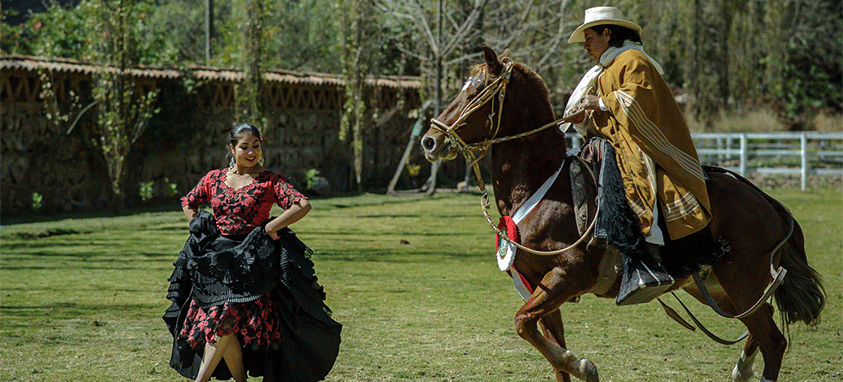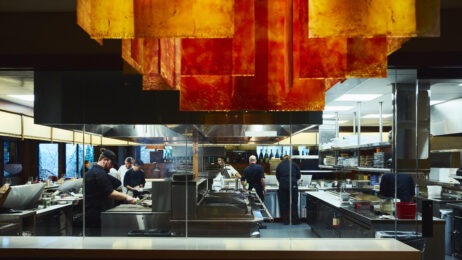Some important trends have been emerging in the financial services and insurance sector of the meetings industry, with major implications for planners. Here are two of the most significant trends.
International programs have more active and immersive elements

With demographics changing across the American workforce, the preferences that incentive winners have for their reward experiences is also changing. Shelia Cleary, associate vice president of recognition and conferences for National Life Group in Montpelier, Vermont, finds that with her international incentive programs, less-traveled destinations are gaining appeal, along with opportunities for participants to become immersed in local culture.
“We have taken groups to Rome and Florence in the past, but we’re always looking for places that people might not think to experience on their own,” Cleary says. “So, we did Taormina, Sicily two years ago with 150 participants; it’s among the most beautiful and memorable places I’ve seen.”
To deepen the impact of the experience, Cleary organized cooking classes for 20 people at a time in which a local chef first explained why the region was ideal for growing certain produce plus wine grapes, and offered samples for tasting. He then included participants in various aspects of meal preparation so they could recreate the experience back at home.
In the Sacred Valley of Peru—located between Cuzco, the capital of the Incas, and Machu Picchu, the spectacular, remote mountaintop settlement the Incas built in the 16th century—incentive groups can enjoy the same type of immersive culinary experience. At Hacienda Sarapampa, a family that has worked the land for generations will demonstrate its singular techniques for growing agriculture and livestock at high altitude, and then offer a five-course lunch in a setting that includes a performance of a traditional courtship dance between a woman and a chalan (master horseman), whose horses are a central part of the ritual.
Program marketing strikes a balance to entice qualifiers as well as their families
As technology becomes more robust yet easier to use, incentive marketing is taking on new formats for maximum effect.
“For the past 40 years we’ve been sending mailers to the home along with small gifts to connect advisors and spouses psychologically to the trip,” says Koleen Roach, director of meeting and conference management for Securian Financial Group in St. Paul, Minnesota. “But now, a lot of that has gone digital, and the most appealing aspects are video and the event app, for which we offer access to spouses, too. To do that, we ask for a second email address during preregistration.”
On the other hand, Roach still uses print materials at certain intervals to make a deep impact. “Our advisors are on their computers 60 to 70 hours a week, so they don’t want to be looking at too much stuff online,” she says. “And for spouses, the print products are great to sit with and absorb at their leisure.”
Cleary also continues to mixes in print materials with digital marketing assets (“there is value to having our custom brochures sitting in their den for a while,” she says), though she does think hard about how frequently she should deliver new materials to potential qualifiers and spouses. “You have to be selective, because people receive so much stuff in their email boxes that each of ours has to be special,” Cleary says.
Read more about the subject in Rob Carey’s story, “4 Trends Rocking Financial and Insurance Incentives,” in the April issue of Smart Meetings.




